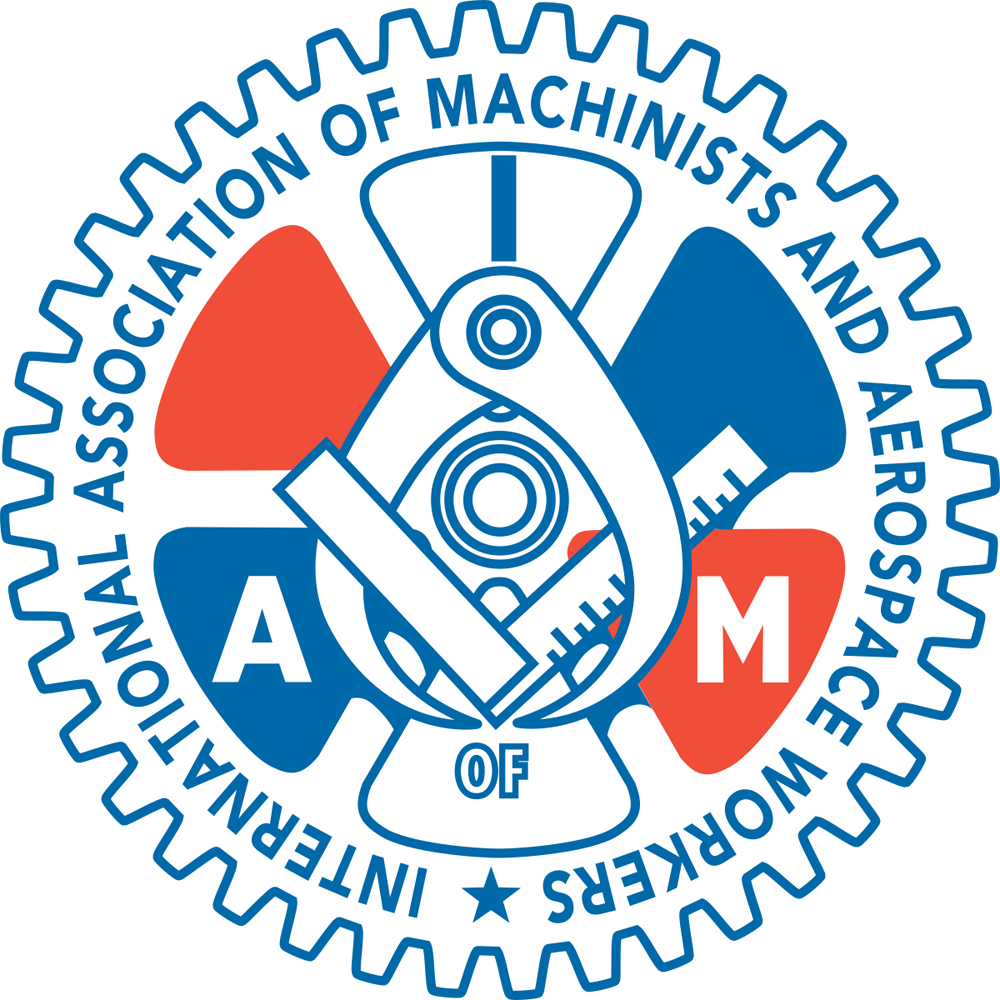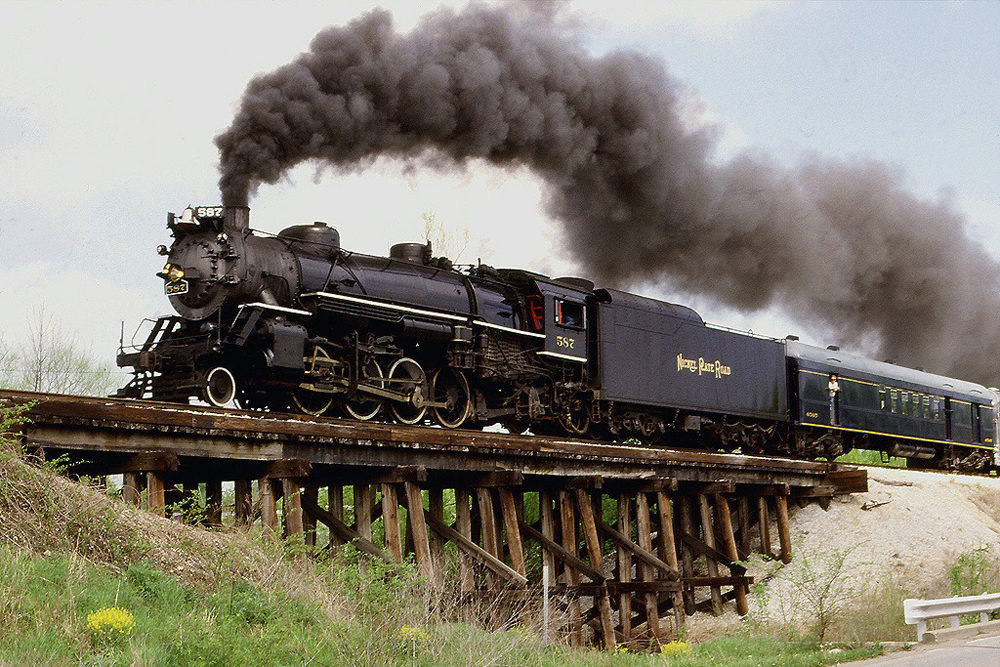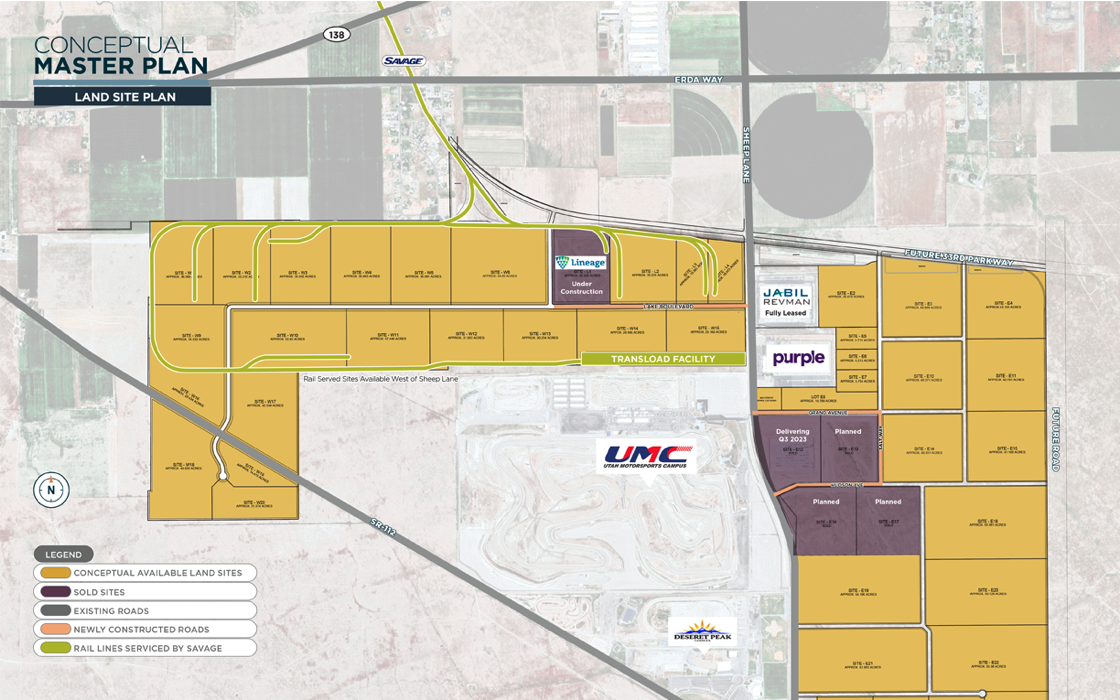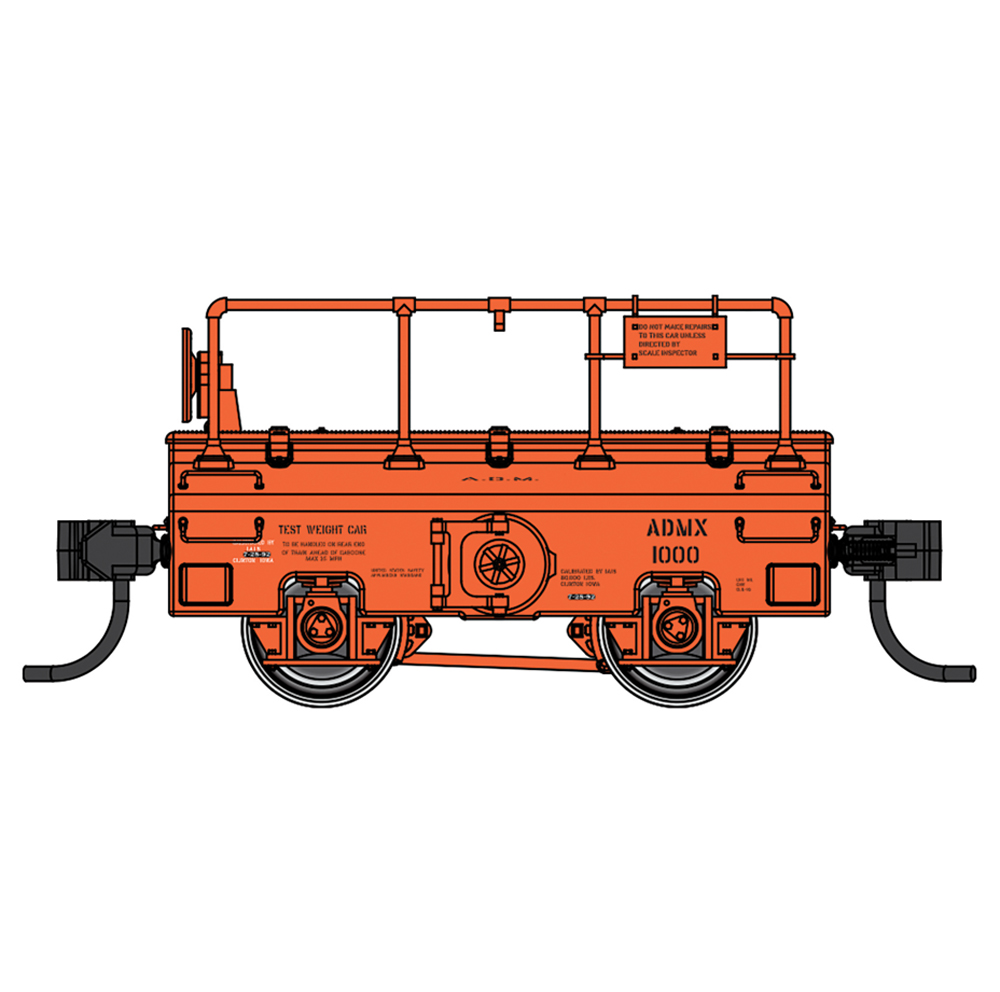 WASHINGTON — The Federal Railroad Administration today announced a final rule requiring railroads to provide emergency escape breathing apparatuses for train crew members and other employees who could be at risk in the event of a hazardous material release — a regulation stemming from last year’s incident in East Palestine, Ohio.
WASHINGTON — The Federal Railroad Administration today announced a final rule requiring railroads to provide emergency escape breathing apparatuses for train crew members and other employees who could be at risk in the event of a hazardous material release — a regulation stemming from last year’s incident in East Palestine, Ohio.
The rule is scheduled to be published Friday, Jan. 26, in the Federal Register and will become effective 60 days later. It is available here. Under the rule, railroads have three options for meeting the requirement — assigning apparatus to each employee; keeping the apparatus in all locomotives; or providing the apparatus at rail yards, where it will be checked in and out by employees when hazardous materials are being hauled. The cost of meeting the requirement is estimated at $33.5 million to $107.2 million, depending on the option.
“As FRA continues to advance rail safety and address concerns related to the transportation of hazardous materials, this new rule will implement needed protections for the workers who transport these products around the country,” FRA Administrator Amit Bose said in a press release. “The safety needs and benefits of [breathing apparatuses] have long been established by past tragedies and research, and this rule will provide rail employees with the knowledge and tools to minimize potential dangers.”
While casualties and fatalities from hazmat inhalations are rare, the FRA says there were fatalities in 2004 and 2005 resulting from chlorine gas inhalation, and that the rule fulfills a mandate in the Rail Safety Improvement Act of 2008.
The FRA proposed the rule last March and originally proposed requiring the equipment in all locomotive cabs [see “FRA proposes rule …,” Trains News Wire, March 8, 2023].














Exactly Andrew. PBEs or something like the 15-30 minute oxygen supplying Self-Contained Self-Rescuers (SCSR) that are used in underground mining around the world.
The technology’s out there, but over a fleet of locomotives the cost adds up. Plus training, pilots and FA’s have to actually use a PBE in a smoke filled room simulation. It’s not something you want to try the 1st time in real conditions. The air coming into the hood is hot, and it’s kind of claustrophobic.
I can see this being a mess!
If it’s only for emergency use, they could use PBE’s like transport aircraft. They’re in sealed packages and kept in small plastic containers. Usually around a 10 year shelf life and routine visual inspections.
From experience in the fire service, SCBA consistently has to be maintained and filled properly in order for it to work.
Also, all RR on-board crew will have to be properly trained, including annual training, and must have personal grooming that won’t prevent getting a good “seal” when using it.
Then, whenever used in a HAZMAT situation, it has to be completely decontaminated and totally checked out again. That can include parts replacement.
All of this will require well trained SCBA Technicians.
Always good to hear from actual experts rather than from wild opinions.